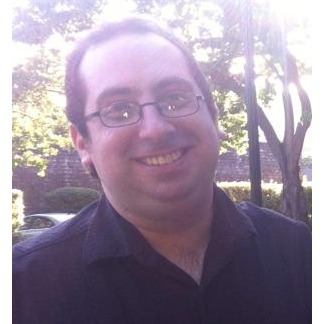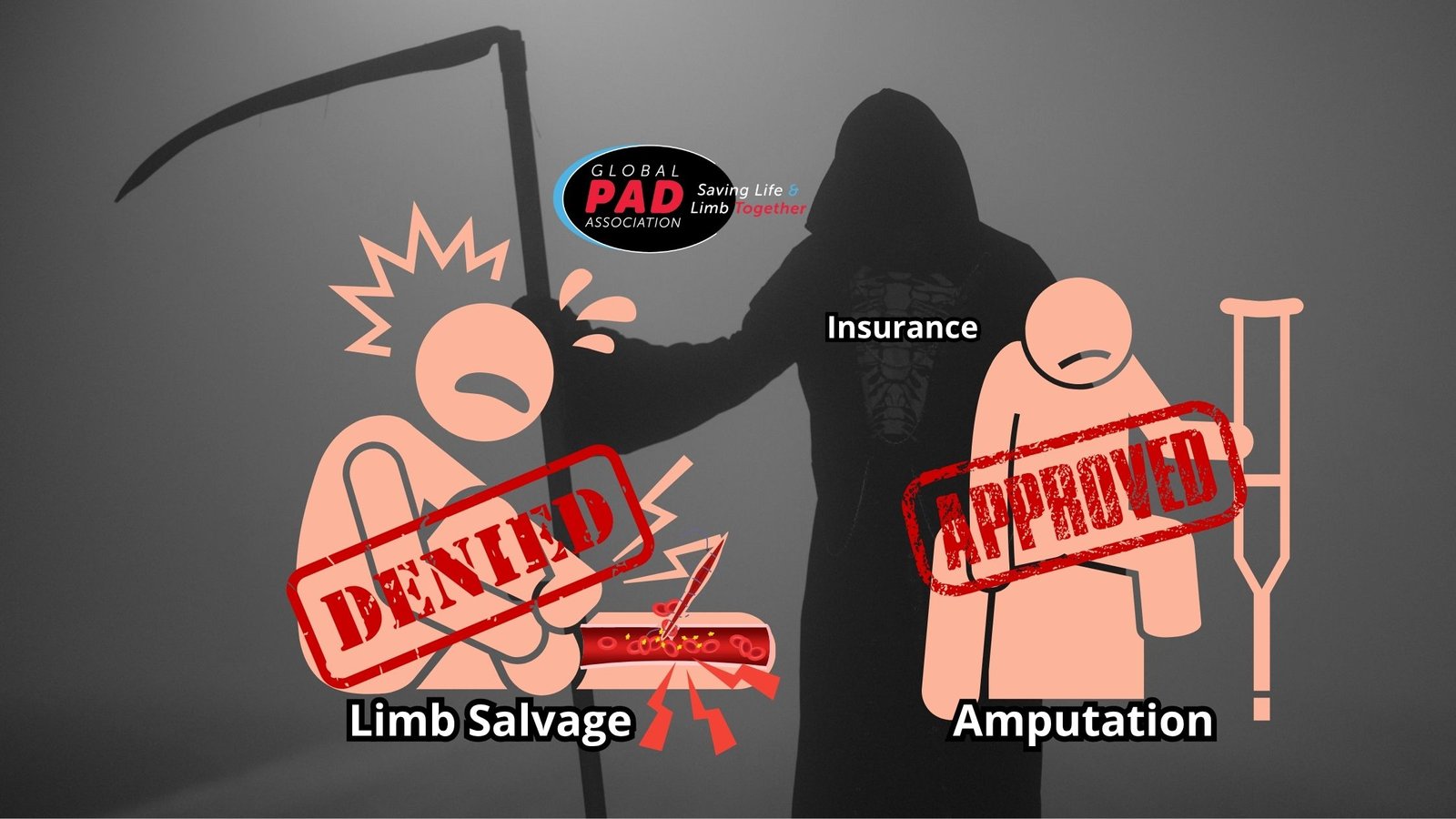

Houston Methodist ED and inpatient clinician will leverage Ambience’s new solutions in select environments to address the unique documentation and workflow challenges in healthcare settings.
Dr. William Morris, CMO at Ambience Healthcare, talked to VatorNews about the Ambient solution, the partnership with Houston Methodist, and why ED and impatient care were the right next steps for the technology.
VatorNews: What is the problem you identified that led to the founding of Ambience Healthcare? What gap did you see in the healthcare space?
Dr. William Morris: As a practicing hospitalist at the Cleveland Clinic, and later as the Associate Chief Information Officer, I saw firsthand how technology often added complexity rather than removing it. I worked with hundreds of digital tools meant to support clinicians, but most of them fell short—either too generic, too rigid, or too disconnected from real workflows. At Google Cloud, as Chief Medical Officer, I had the opportunity to witness the tremendous advances in AI and reasoning. But what truly intrigued me was building a platform with health systems to achieve value delivery while improving the clinician-patient experience, as well as supporting all of the critical downstream systems such as revenue cycle. Ambience was founded to bring together deep medical knowledge, operational experience, and cutting-edge AI to finally address this gap and transform the clinician-patient experience.
VatorNews: How are you solving it with your solution? What are you doing that’s different?
WM: Ambience’s AI platform doesn’t just passively observe—it understands medicine. Ambience is trained on the workflows, documentation standards, coding logic, compliance guidelines and the unique clinical care delivery of more than 100 medical specialties and subspecialties. This has resulted in more than 3X the adoption across specialties compared to other scribes, ensuring that every caregiver has access to world-class AI. That’s what sets us apart.
Most solutions use generic models optimized for primary care and attempt to retrofit them across specialties. This results in inaccurate documentation and costly downstream issues for documentation integrity and revenue cycle teams. Ambience is built from the ground up to be coding and compliance-aware in real time, ensuring documentation is correct at the point of care, in support of the entire clinical enterprise.
VN: Who is the typical customer for Ambience? Walk me through some use cases.
WM: Wherever documentation, coding, and compliance intersect with patient care, Ambience is there to help. Our ideal customer is any health system or health organization that is challenged in delivering the best possible care for their communities, while also supporting their clinicians and internal teams. We work with multi-specialty health systems that need a single, compliant AI solution across inpatient, outpatient, and emergency settings. Use cases range from improving documentation quality in cardiology and hospital medicine, to supporting high-throughput emergency departments and long-term care facilities.
VNL What kind of ROI have you been able to calculate for your customers and their patients? Do you have hard numbers you can share?
WM: Ambience has been able to deliver concrete ROI to customers in the following ways: more time spent directly with patients and less time documenting at home; significant reductions in chart closure times; accurate and compliant coding and billing, helping clinicians receive precise reimbursement for their work; and cost savings from reduced physician turnover.
VN: Why was it important to expand your services to emergency and inpatient care? Why were these logical next steps?
WM: Health systems don’t want point solutions—they want one platform that works across every specialty. Emergency and inpatient care are among the most challenging environments, with complex documentation requirements, high patient acuity, and tight coordination across teams. These are also the areas with some of the highest clinician burnout. Expanding to ED and inpatient was not only logical—it was essential to support our vision of system-wide transformation.
VN: How will these solutions differ from your previous offerings? What adjustments had to be made?
WM: We made significant enhancements to support these high-acuity environments: specialty-specific, contextualized documentation; real-time coding and compliance awareness; and integrated ambient workflows designed for speed and accuracy.
We also do deep Epic integration, as our solution populates sections like HPI, PE, ROS, results, and discharge instructions directly within the EHR. It’s also ED-ready AI that is built to handle trauma-level complexity and surface precise ICD-10 codes without compromising quality. Finally, we’ve already deployed across urban and rural EDs, from Level I to Level V trauma centers.
VN: Why is Houston Methodist a good partner for you in testing your ED and inpatient offerings?
WM: Houston Methodist is widely respected as a national leader in healthcare innovation. Their team brings a strong commitment to evidence-based practice and a deep understanding of how technology should serve clinical workflows. They’ve been invaluable partners—providing thoughtful feedback and working closely with us to co-design for the ED and inpatient environments.
VN: What do you hope to gain from this partnership? What kind of feedback are you looking for?
WM: Partnership is defined by relentless iteration. We’re looking for real-time, boots-on-the-ground feedback: what’s working, what’s not, and how we can continue to refine the product for the realities of high-acuity care. Houston Methodist’s frontline clinicians help us validate and improve our AI in live clinical environments.
VN: What other areas do you plan to expand into?
WM: It is clear that nursing represents one of the most pressing areas to address in healthcare. We want to make sure that we start with a listening-first approach, as nursing represents one of the most complex and diverse clinical workflows. Stay tuned.
VN: What is your ultimate goal? What does success look like to you?
WM: Success means that a clinician can walk into the room, focus entirely on the patient, and not have to focus on any administrative work. Everything is handled by the most capable clinical AI in the world—accurate, accountable, non-invasive, and always working in service of care. That’s the future we’re building.














